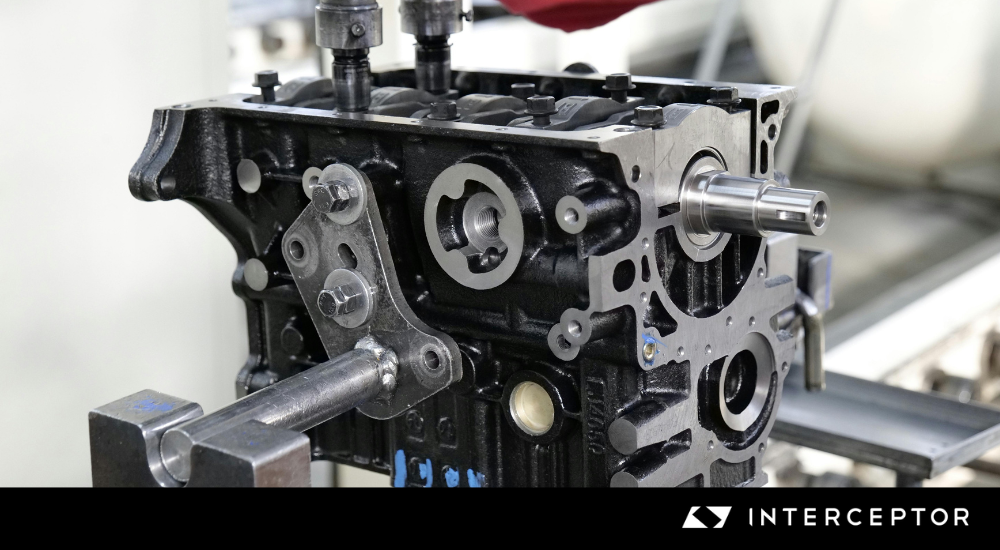In a world obsessed with innovation, complexity often masquerades as progress. Every new generation of industrial technology promises smarter analytics, tighter control, and broader connectivity, but behind the curtain, many systems are collapsing under their own weight.
Overengineering has become the silent tax on modern industry. What begins as ambition to build “the most advanced” system often ends with longer deployment times, higher maintenance costs, and unpredictable field failures. For industries where downtime equals dollars, from energy and manufacturing to remote infrastructure, simplicity isn’t a step back. It’s an evolution.
What Overengineering Looks Like in the Real World
Overengineering happens when systems are built to handle every theoretical possibility rather than the actual operational need.
A control cabinet stuffed with unused modules. A monitoring platform that depends on perfect cloud connectivity. A “smart” gateway overloaded with features no technician ever uses.
The result? Maintenance teams spend more time troubleshooting configurations than solving real problems. Systems meant to improve productivity end up introducing fragility.
When something goes wrong in the field: dust, heat, signal loss, power fluctuation, every extra layer of complexity becomes another point of failure.
The True Cost of Complexity
1. Slower Deployment, Longer Downtime
Every unnecessary subsystem or layer of software increases setup time and the chance of misconfiguration. Overengineering delays commissioning and extends time-to-value.
2. Higher Maintenance Costs
Complex systems require specialized knowledge and frequent calibration. When one component fails, diagnosing it can take hours or even days.
3. Lower Reliability in Harsh Environments
Industrial sites rarely offer perfect conditions. Overengineered solutions crumble when faced with limited bandwidth, temperature extremes, or inconsistent power.
4. More Risk, Not Less
More components mean more opportunities for something to go wrong. Simpler architectures, with fewer interdependencies, consistently outperform in uptime and resilience.
Why Simpler Systems Deliver More Value
Simplicity doesn’t mean “less capable.” It means purpose-built.
A well-engineered, modular system can gather, process, and act on data faster, without unnecessary overhead. It’s easier to deploy, easier to scale, and easier to trust.
Simplicity enhances:
- Reliability: Fewer points of failure mean higher uptime.
- Efficiency: Optimized hardware and streamlined communication save energy and reduce latency.
- Scalability: Modular systems grow with the operation, instead of being rebuilt from scratch.
- Usability: Operators can focus on performance, not interfaces.
In other words, simpler systems work with the operator, not against them.
How Interceptor Keeps It Simple, by Design
At BlackPearl, simplicity isn’t a compromise; it’s a principle. The Interceptor product line is intentionally engineered to cut through complexity, giving operators the reliability and control they need without unnecessary layers.
- The Interceptor (The Core): Built for dependable edge data acquisition and processing, this powerful single board computer operates reliably in harsh, remote environments, industrial-rated from -40°C to 105°C for true field resilience. Only 1”x2” in size.
- The QuaterMaster (The Foundational Platform): Carrier board for the Interceptor and increases connectivity through a wide range of inputs and outputs, bridging the gaps between ecosystems.
- The Paradox (The Power-Efficient Core): A Powerful microcontroller that delivers intelligent performance where every watt counts, ensuring extended uptime in low-power or battery-driven operations with internal backup power support.
- The Compass (The Long-Range Communicator): Enables secure, low-power communication using LoRaWAN® technology across distances of up to 15 miles, ensuring data keeps flowing even when infrastructure is limited.
- The Spearlink (The Communicator): Establishes a modular wireless communication network operating at 900 MHz with a self-healing mesh, ensuring 24/7 real-time data transfer without reliance on wired infrastructure or subscription services.
- The Horizon (The Foundation + The Interface): Provides a unified interface for real-time monitoring and management, bridging hardware control with intuitive visualization. It connects through AT&T, Verizon, and T-Mobile signals, even in remote areas, all for just $15/month.
- The Flux (The Power & Control): Delivers precision power management and control, stabilizing voltage and current across connected systems with 8 independent relay channels for consistent performance and safety.
- The Chronicle (The Memory): Provides secure, persistent data logging and storage, ensuring traceability, analytics, and compliance, even in disconnected or remote environments.
Together, these core technologies embody what Interceptor stands for: practical innovation that prioritizes durability, efficiency, and field readiness over unnecessary complexity.
Because in industrial environments, true sophistication isn’t about doing more, it’s about doing what matters, better.
Bottom Line
Overengineering may look impressive on a spec sheet, but it rarely survives the field test. In the environments that matter most: remote, hot, power-limited, and unforgiving, success belongs to systems designed for purpose, not prestige.
The Interceptor line stands for that philosophy: industrial technology that works simply, scales intelligently, and endures reliably.
Because in the real world, the most sophisticated thing you can build is something that just works, every time.

